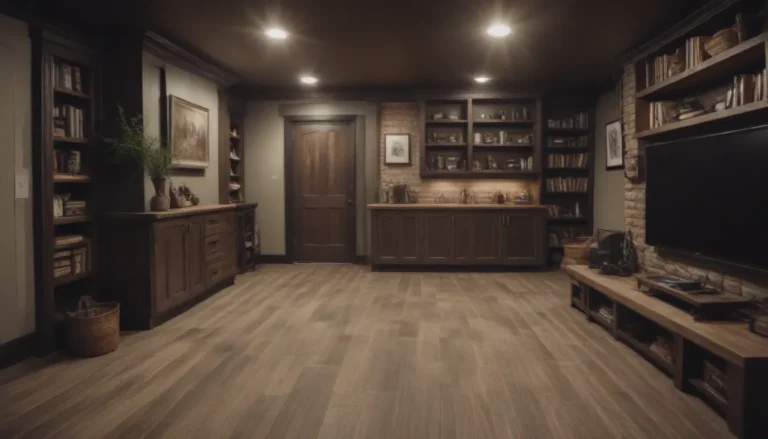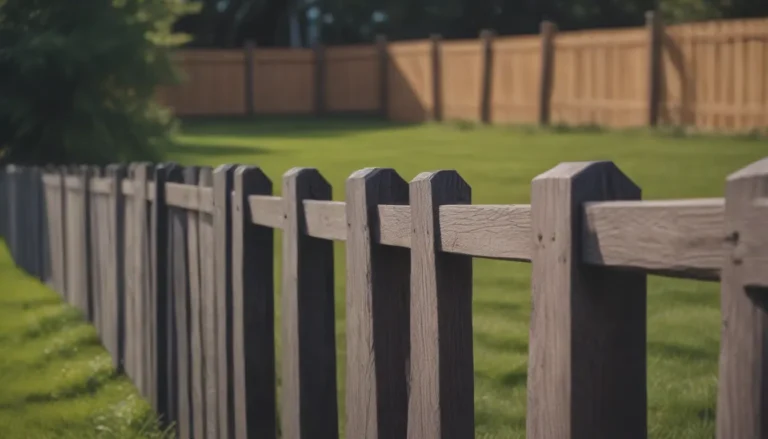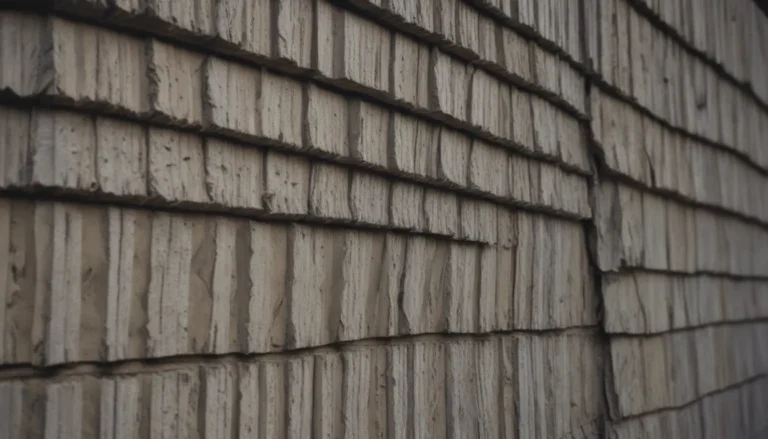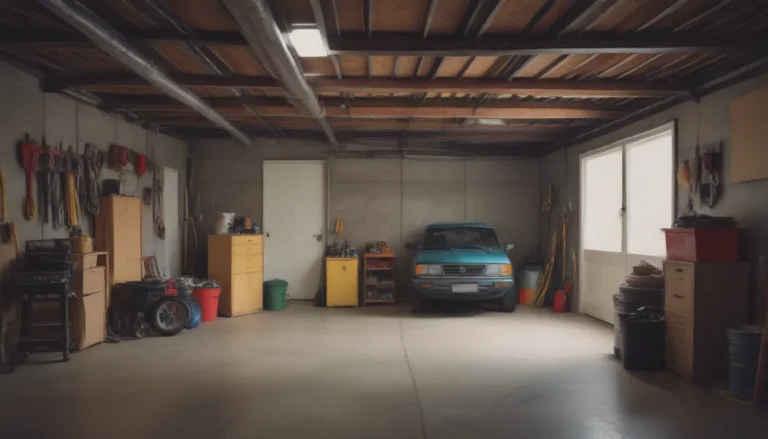The Complete Guide to Electrical Code Requirements for Swimming Pools & Spas
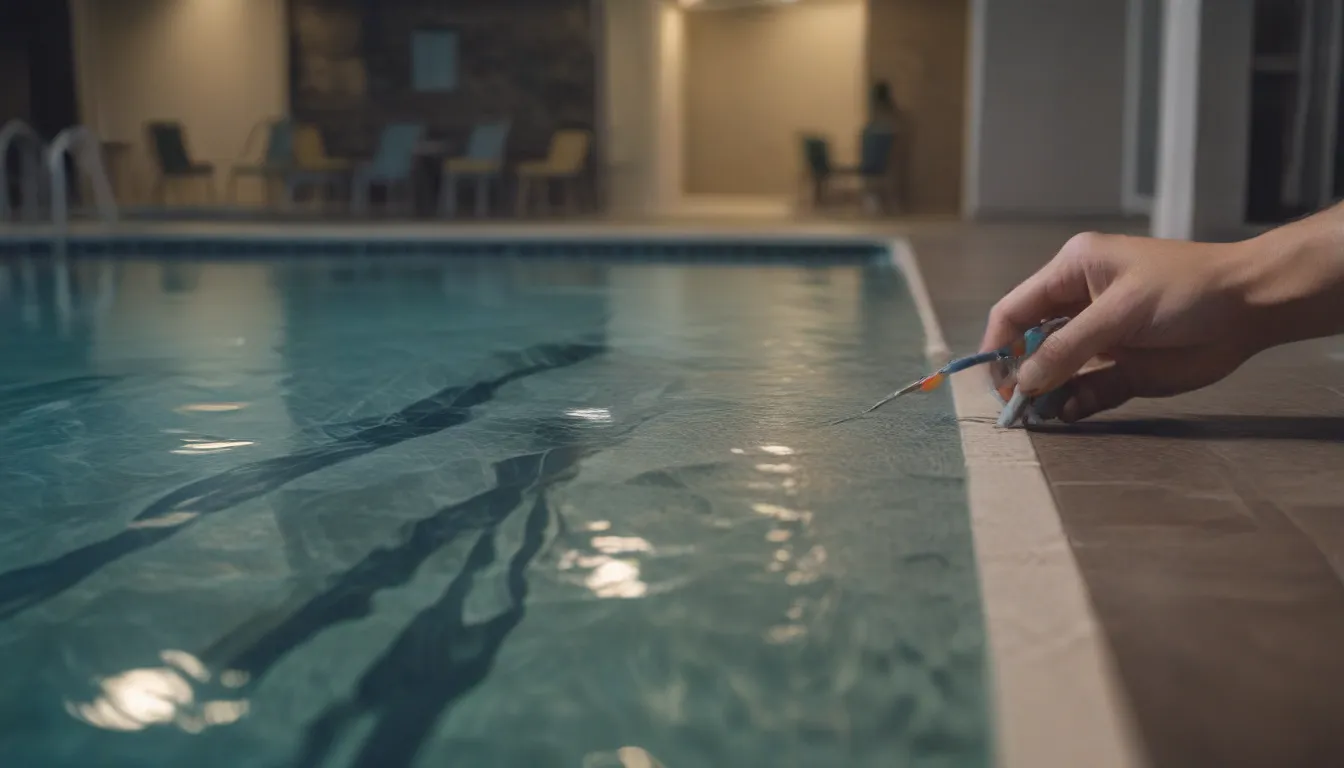
If you’re a proud owner of a swimming pool or spa, you know how important it is to keep everything running smoothly, including the electrical components. Electrical installations around pools and spas must adhere to strict code requirements to ensure safety and compliance. In this comprehensive guide, we’ll delve into the essential electrical code requirements, offering valuable information for pool and spa owners alike.
Understanding the National Electrical Code (NEC)
The National Electrical Code (NEC) sets the standard for electrical installations in the United States. Article 680 of the NEC specifically addresses electrical safety guidelines for swimming pools and spas. It’s crucial to stay updated on the current edition of the NEC, as codes are revised every three years to reflect the latest industry standards. Your local building inspector can provide guidance on the most recent requirements for electrical safety around pools and spas.
Overhead Electrical Lines
When it comes to installing a swimming pool or spa, it’s essential to consider the proximity to overhead electrical lines. Here are some key rules to follow:
- Maintain a safe distance between the pool or spa and overhead electrical lines to prevent any potential hazards.
- Avoid installing pool cleaning accessories with long metal handles that may accidentally come into contact with overhead lines.
Underground Wiring
Proper installation of underground wiring is critical for the safety of your pool or spa. Here are some important guidelines to keep in mind:
- Underground wiring should not be placed directly under a pool or spa.
- Maintain a minimum distance of 5 feet between the sidewall of the pool or spa and the underground wiring.
- Exceptions may apply when wiring is connected to the pool or spa for equipment or lighting purposes.
- If space constraints prevent a 5-foot separation, wiring can be closer if installed in a complete raceway system with sufficient cover.
Electrical Outlet Receptacles
To prevent the risk of electrical shock, specific rules apply to electrical outlet receptacles near pools and spas. Here’s what you need to know:
- Ensure all electrical outlets are installed at a safe distance from the water to minimize the risk of accidents.
- Follow guidelines for proper grounding and insulation of electrical outlet receptacles.
GFCI Protection
Ground-fault circuit interrupter (GFCI) protection is a vital safety measure for devices and equipment near pools and spas. Here are some examples of equipment that require GFCI protection:
- Pool pumps
- Spa heaters
- Underwater lighting
- Electrical outlets near water sources
Maintenance Disconnect
A maintenance disconnect is essential for safely shutting off power to pool or spa equipment. Here’s what you should keep in mind:
- Install a maintenance disconnect within sight of the pool or spa but at least 5 feet away to prevent accidental contact with water.
- Public spas must have an emergency disconnect within view and at least 5 feet away, but this is not mandatory for single-family dwellings.
Special Regulations for Self-Contained Spas and Hot Tubs
Stand-alone spas and hot tubs have their own set of regulations to ensure safe operation. Here are some specific rules to follow:
- Adhere to manufacturer’s guidelines for electrical installations on self-contained spas and hot tubs.
- Ensure proper grounding and insulation for electrical components to prevent electrical hazards.
- Follow all safety recommendations for equipment usage and maintenance.
By following these electrical code requirements for swimming pools and spas, you can ensure a safe and enjoyable experience for everyone. Remember, safety should always be the top priority when it comes to electrical installations around water sources. Stay informed, stay compliant, and enjoy your pool or spa with peace of mind.
